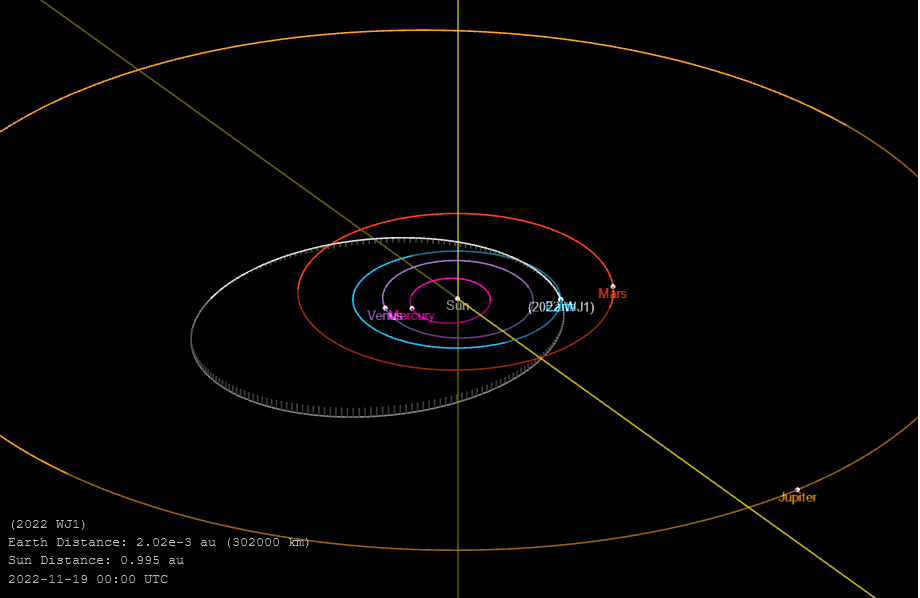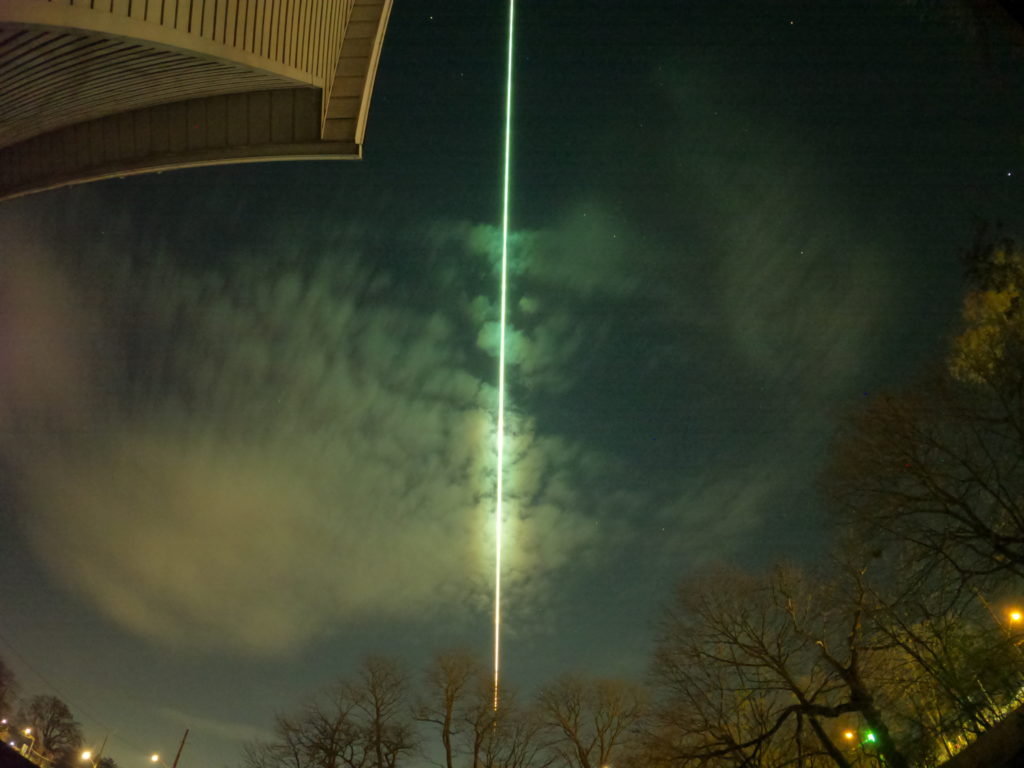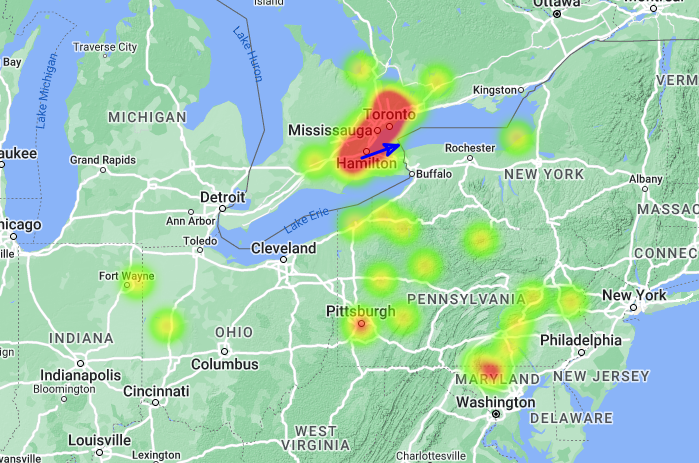Fast and efficient: this is what can qualify astronomers warning and reaction when David Rankin (Catalina Sky Survey, Arizona) picked up a small asteroid with the 1.5m telescope at the peak of Mount Lemmon. A few minutes after, warnings were sent to the astronomical community, allowing 7 observatories to catch the small asteroid in the three hours window before it entered the atmopshere above the Great Lake, on November 19th, 08h 26min UT. Things clearly evolved in the good way since the first asteroid discovered before Earth impact, in 2008!
Another #imminent_impactor has been spotted
Likely less than 1 metre in diameter, this will become a pretty and harmless fireball to observe. #C8FF042
Predicted time of atmospheric entry is 8:26 UTC, over the great lakes. pic.twitter.com/51F2YmtwBu— Richard Moissl (@Richard_M_F) November 19, 2022
2022 WJ1: 6th predicted Earth impactor
2008 TC3, 2014 AA, 2018 LA, 2019 MO and 2022 EB5. These asteroids have in common the fact that they are Earth impactors discovered before they actually entered the Earth atmopshere. Since November 19th, 2022, another one completed the list: 2022 WJ1! This small Apollo asteroid (Figure 1), estimated to be below 1-meter diameter, was discovered three hours before by David Rankin with the 1.5m telescope at the peak of Mount Lemmon (Catalina Sky Survey).

Bright fireball and potential meteorite fall
Formerly designated C8FF042, the small asteroid immediately attracted David Rankin attention, which allows him to send warning to the whole asteroidal community: thanks to this fast reaction, seven observatories were able to record the small object coming from the asteroid belt before it entered the atmosphere above Brantford (Ontario, Canada) on November 19th, 08h 26min UT.
The atmopsheric entry of the 2022 WJ1 asteroid triggered a very bright long lasting meteor that was recorded by many webcams and photographers (Figure 2). More than 50 people (Figure 3) reported their observation recorded under event 8984-2022. Dramatic videos were shot, espectially from the CN Tower cam in Toronto.
Well, here’s a BEAUTIFUL view of the bolide from the camera that looks up at the Tower… pic.twitter.com/cxl1lrVeM8
— Scott Sutherland, Science Writer (he/him) (@ScottWx_TWN) November 19, 2022


According to NASA/ARES, meteorites could have landed on the ground, East of Grimsby (Canda), and larger fragments may have landed in Ontario Lake (Figure 4). Stay tuned for updated news!





 You saw something bright and fast? Like a huge shooting star? Report it: it may be a fireball.
You saw something bright and fast? Like a huge shooting star? Report it: it may be a fireball.  You counted meteors last night? Share your results with us!
You counted meteors last night? Share your results with us!  You took a photo of a meteor or fireball? You have a screenshot of your cam? Share it with us!
You took a photo of a meteor or fireball? You have a screenshot of your cam? Share it with us!  You caught a meteor or fireball on video? Share your video with us!
You caught a meteor or fireball on video? Share your video with us!